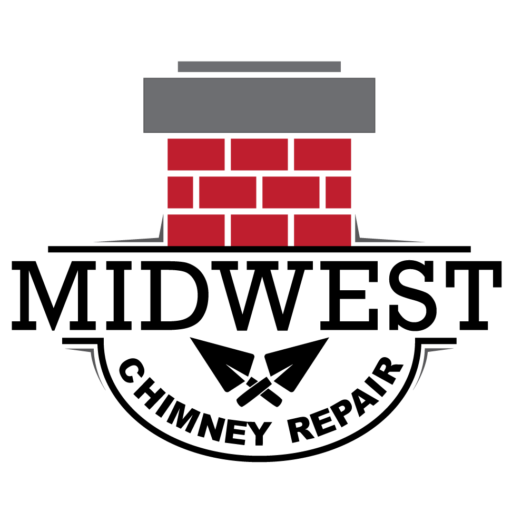
The Freeze-Thaw Cycle and Its Effects on Chimney Masonry
CHIMNEY MASONRY — In the frosty embrace of a Minnesota winter, the freeze-thaw cycle becomes a significant adversary to the structural integrity of your chimney. Understanding the impact of this natural phenomenon on chimney masonry is crucial for homeowners seeking to safeguard their homes from potential damage. This guide explores the freeze-thaw cycle and its effects on chimney masonry, offering insights into preventive measures and solutions to maintain a resilient and secure chimney structure.
The Freeze-Thaw Cycle: A Natural Challenge
Minnesota winters bring about a constant dance between freezing and thawing temperatures. This freeze-thaw cycle poses a unique challenge to chimneys, particularly the masonry components. As temperatures fluctuate, moisture within the masonry expands when frozen and contracts when thawed. This continuous cycle of expansion and contraction can lead to a range of issues affecting the chimney’s structural integrity.
Effects of the Freeze-Thaw Cycle on Chimney Masonry
1. Cracking of Bricks and Mortar
Cause: The expansion of water within the masonry during freezing.
Effect: Stress on the bricks and mortar, leading to cracks and fissures.
2. Spalling
Cause: Freeze-thaw cycles weakening the surface of bricks.
Effect: Pieces of the brick surface flake off, resulting in a rough and deteriorated appearance.
3. Deterioration of Mortar Joints
Cause: Repetitive freezing and thawing impacting the mortar.
Effect: Mortar joints weaken and may crumble, compromising the chimney’s structural stability.
4. Water Infiltration
Cause: Cracks and gaps formed during the freeze-thaw cycle.
Effect: Increased susceptibility to water infiltration, leading to further damage.
Preventive Measures and Solutions:
1. Waterproofing Treatment
Prevention: Apply a high-quality waterproofing sealant to the chimney masonry.
Benefits: Shields the masonry from moisture penetration, reducing the impact of the freeze-thaw cycle.
2. Adequate Chimney Cap
Prevention: Ensure the chimney has a properly installed and well-maintained cap.
Benefits: Prevents water, debris, and snow from directly contacting the masonry.
3. Regular Inspections
Action: Schedule annual chimney inspections, especially before winter.
Benefits: Early detection of issues allows for prompt repairs, minimizing damage.
4. Tuckpointing
Solution: Address existing cracks and gaps through tuckpointing.
Benefits: Restores the integrity of mortar joints and prevents further deterioration.
5. Professional Repairs
Solution: Seek professional repairs for extensive damage.
Benefits: Certified chimney experts can conduct thorough assessments and provide targeted solutions.
Conclusion:
The freeze-thaw cycle is an inevitable part of Minnesota winters, and its impact on chimney masonry is a concern for homeowners. By understanding the effects and implementing preventive measures and solutions, you can fortify your chimney against the challenges posed by temperature fluctuations. Regular inspections and timely repairs are key to maintaining a resilient chimney structure that withstands the test of freezing winters and ensures the warmth and safety of your home.
Let us Transform your home into a cozy haven with our expert leak-fixing solutions!
Cracks, leaks, and safety hazards can all develop from the freeze/thaw cycle. Protect your family and your investment – call us today for a free chimney inspection and estimate.
Previous Article

A crack in your chimney bricks may seem like a small issue, but left unaddressed, it can lead to significant structural damage and compromise the safety of your home. In this guide, we’ll delve into the causes of cracked chimney bricks and provide practical solutions to ensure the longevity and integrity of your chimney.
Next Article

A crack in your chimney bricks may seem like a small issue, but left unaddressed, it can lead to significant structural damage and compromise the safety of your home. In this guide, we’ll delve into the causes of cracked chimney bricks and provide practical solutions to ensure the longevity and integrity of your chimney.
